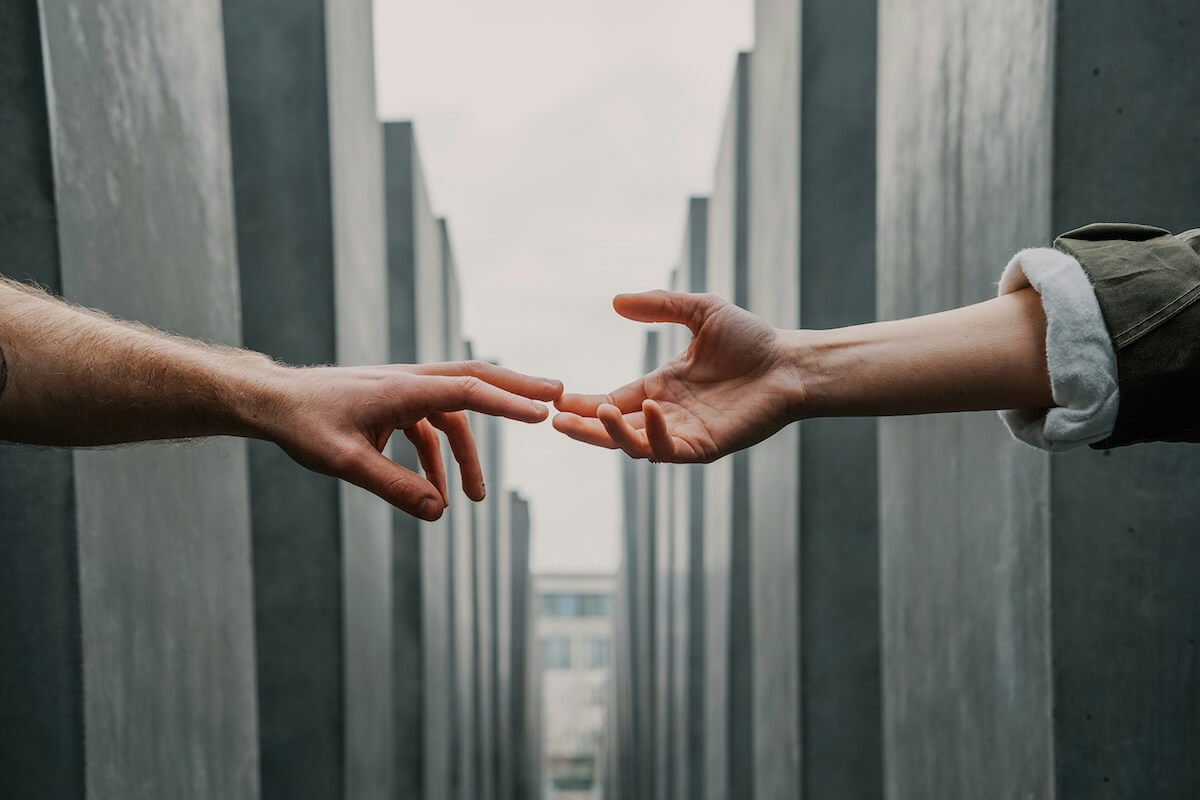This unit empowers students to understand the Pyramid of Hate, analysing how stereotyping can lead to prejudice, discrimination, and violence and understanding its impact on individuals and society. By exploring the bystander effect and embracing the pivotal role of Upstanders - individuals who choose to intervene actively against injustice - students learn to challenge norms, alter the perpetrator-victim dynamic, and actively contribute to positive change in their communities. Through historical examples and practical strategies, students are inspired to design Upstander activities that support community groups, culminating in a practical application of their learning.
This unit was created in collaboration with Courage to Care, a not-for-profit organisation that educates Australians about the dangers of discrimination, including antisemitism and racism. Courage to Care Upstander Programs take inspiration from real-life extraordinary acts of courage and are based on the idea that ordinary people have the power to make a positive difference to the lives of others by being Upstanders. Their program inspires people to make a real difference in their community by standing up and taking action, creating real change.



Welcome back!
Don't have an account yet?
Log in with:
Create your free Cool.org account.
Many of our resources are free, with an option to upgrade to Cool+ for premium content.
Already have an account?
Sign up with:
By signing up you accept Cool.org's Terms and Conditions(Opens in new tab) and Privacy Policy(Opens in new tab).